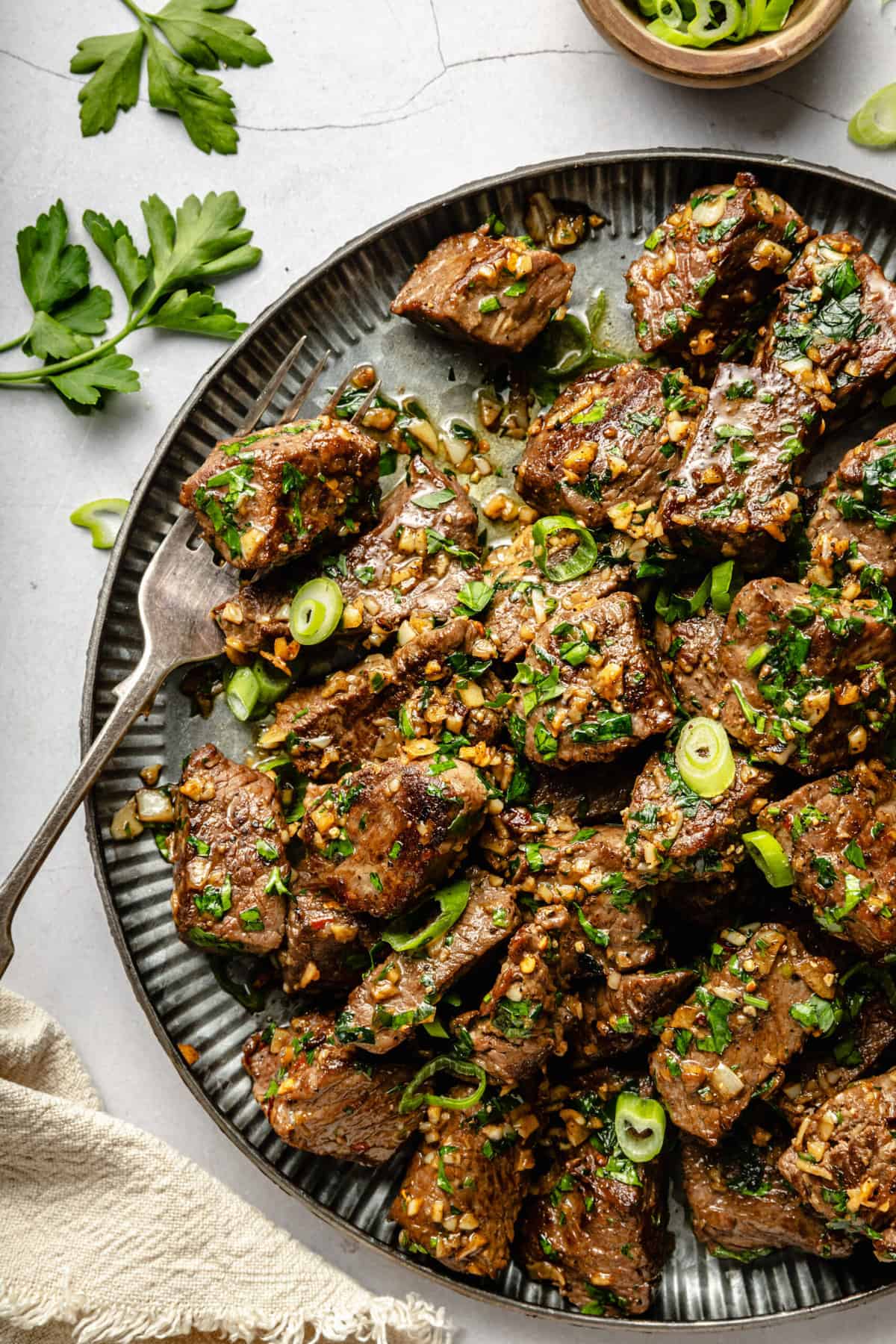Discovering the Different Cuts of Meat: An Overview to Perfect Selections
From Ranch to Table: Fresh and Premium Meat Choices
The journey of meat from ranch to table envelops a complex interaction of quality, principles, and sustainability. This change not only enhances the nutritional profile of meat yet also supports neighborhood economies.
Comprehending Meat Sourcing
As consumers come to be significantly knowledgeable about the origins of their food, recognizing meat sourcing has actually gained vital value. Meat sourcing entails tracing the journey of meat from farm to table, encompassing different variables such as farming methods, pet well-being, and ecological impact. This awareness empowers customers to make educated selections that straighten with their values, particularly relating to sustainability and honest factors to consider.
The sourcing of meat can differ considerably based upon multiple requirements, including the sort of animals, farming approaches, and geographical place. As an example, grass-fed beef typically comes from pasture-based systems that promote pet welfare and minimize environmental destruction. Alternatively, standard meat may entail extensive farming methods that raise worries regarding antibiotic usage and habitat destruction.
Additionally, traceability plays a vital role in meat sourcing. Recognizing the particular farm or area where the meat comes from aids consumers make sure top quality and safety and security. Numerous customers now seek qualifications or tags that show gentle therapy and sustainable practices, reflecting a growing need for openness in the food supply chain. Ultimately, understanding meat sourcing not just improves customer choice yet additionally fosters liable consumption and supports honest farming techniques.
Advantages of Fresh Meat
Selecting fresh meat supplies various benefits that expand beyond taste and structure. Fresh meat normally maintains higher dietary worth compared to its frozen or refined equivalents. It is commonly richer in important nutrients, such as B vitamins, iron, and zinc, which are critical for maintaining total health and wellness.
Additionally, the sourcing of fresh meat typically entails much shorter supply chains, minimizing the time between farm and table. This means that the meat is much less most likely to lose its nutritional stability during transport and storage. Furthermore, customers can experience improved preference and juiciness, which can boost culinary experiences.
Fresh meat also gives an opportunity for consumers to sustain neighborhood farmers and promote sustainable farming techniques. When purchasing from regional resources, individuals can add to their neighborhood economic situation and cultivate a better connection to the food they take in.
Finally, fresh meat is usually without the chemicals and ingredients commonly discovered in processed choices. This makes it a cleaner, healthier choice for those looking to lessen their consumption of man-made active ingredients. Overall, the advantages of picking fresh meat include health and wellness, preference, and a sense of area interaction.
Pet Well-being Criteria
Guaranteeing high animal welfare criteria is important for both ethical considerations and the high quality of meat products. The treatment of livestock directly influences not just the moral implications of meat production however likewise the general advice quality and safety of the end items. Pets raised in gentle problems are much less stressed out, leading to healthier pets and, subsequently, remarkable meat top quality.
Laws and certifications concerning animal well-being have actually ended up being increasingly considerable in the meat industry. These frameworks ensure pets are supplied with appropriate space, appropriate nutrition, and humane handling throughout their lives. Practices such as pasture-raised systems and free-range environments add to better pet well-being by allowing pets to show all-natural actions, which is important for their health.
Additionally, customers are becoming extra critical concerning the resources of their meat, resulting in an expanding need for products that follow stringent pet welfare requirements. This shift not only advertises moral farming practices however also encourages producers to take on steps that improve the health and wellness and welfare of their animals. Meat. Ultimately, prioritizing pet well-being is not just an ethical imperative; it is additionally a path to creating premium-quality meat that satisfies customer expectations

Lasting Farming Practices
Lasting farming methods play an important duty in enhancing both pet welfare and the weblink quality of meat items. These methods stress the relevance of ecological stewardship, ethical therapy of livestock, and source efficiency. By implementing rotational grazing, farmers can advertise healthy and balanced field ecosystems, allowing animals to eat nutrient-rich turfs while protecting against overgrazing. This method not only supports animal wellness however likewise improves the soil, lowering the demand for artificial fertilizers.
Furthermore, sustainable farming often incorporates incorporated insect management and natural feed choices, reducing using dangerous chemicals. This technique not only safeguards animal health but our website likewise results in cleaner, much safer meat products for customers. Water preservation methods, such as rainwater harvesting and reliable irrigation systems, better contribute to lasting practices, making certain that sources are utilized sensibly.
Additionally, promoting biodiversity with polyculture systems and maintaining environments for wild animals improves the durability of farming ecosystems. By focusing on these lasting approaches, farmers can create high-grade meat that fulfills customer demand while advertising ecological equilibrium. Inevitably, accepting lasting farming practices is important for developing a more responsible and resilient food system that benefits pets, farmers, and consumers alike.
Picking Quality Over Amount
Frequently, customers are confronted with the problem of choosing in between amount and top quality when it comes to meat products. While purchasing larger quantities may appear financially beneficial, the long-lasting advantages of picking high-grade meat much outweigh the immediate savings. Quality meat is often sourced from animals increased in lasting atmospheres, where they are provided proper nutrition and treatment, bring about superior flavor and dietary worth.
High-grade meats are usually complimentary from hazardous additives, hormones, and anti-biotics that are often present in mass-produced alternatives (Meat). This not just ensures a healthier dining experience but additionally supports moral farming techniques that prioritize animal well-being. In addition, premium meats often tend to have a much better appearance and flavor, boosting the general cooking experience
Investing in quality meat motivates consumers to value smaller sections, enabling a much more conscious method to eating. This shift not only affects individual health favorably but likewise promotes lasting usage patterns that can benefit the setting. Finally, prioritizing top quality over amount when choosing meat products cultivates a much more liable and health-conscious lifestyle, inevitably enriching both the eating experience and the earth.
Conclusion
